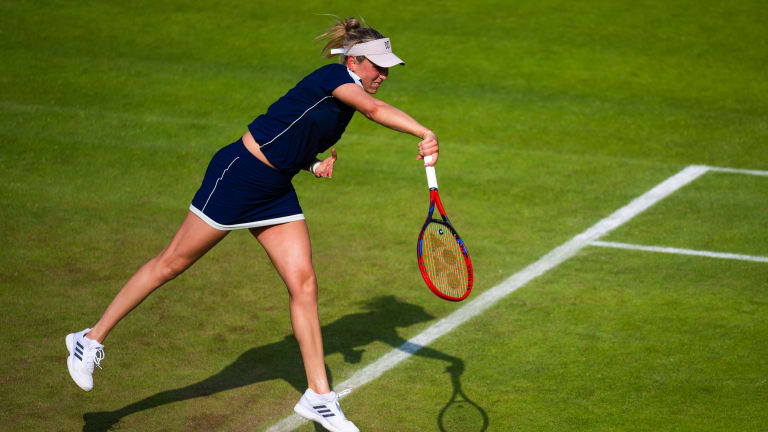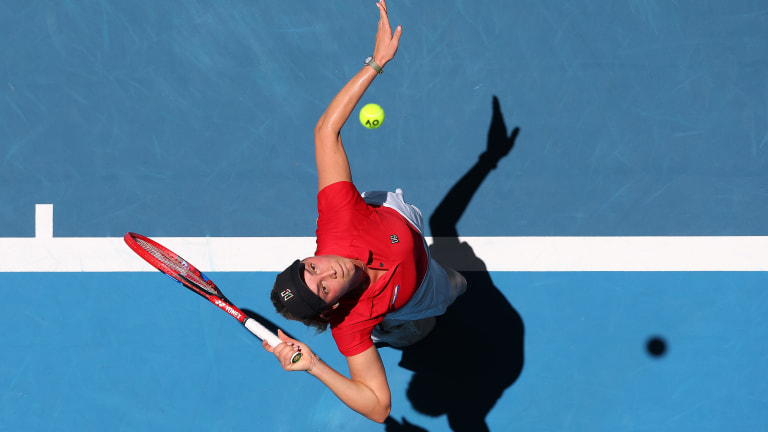Your Game
Tech Talk: Donna Vekic’s 2023 surge starts with the serve
By Jun 22, 2023Your Game
Geared Up: Rafael Nadal plays out his illustrious career with Babolat and Nike
By Apr 25, 2024Your Game
Racquet Review: Dunlop CX 400 Tour
By Apr 21, 2024Your Game
Nix Biosensor takes the guesswork out of hydration
By Apr 20, 2024Your Game
Tales from the stringing room: Strange requests, racing against the clock and more
By Apr 16, 2024Your Game
Babolat commemorates 30 years of the Pure Drive racquet
By Apr 07, 2024Your Game
Asics releases its clay season collection
By Apr 06, 2024Your Game
Shoe Review: Babolat Jet Tere 2
By Mar 31, 2024Your Game
Geared Up: Emma Navarro is rising up the ranks with Yonex and Fila
By Mar 30, 2024Your Game
Fine-tune your equipment with Head’s new 4-in-1 Diagnostic Center
By Mar 25, 2024Your Game
Tech Talk: Donna Vekic’s 2023 surge starts with the serve
This Croat's powerful delivery has seen her rocket back up the rankings and score an impressive upset over reigning Wimbledon champion Elena Rybakina in Berlin.
Published Jun 22, 2023
Advertising
Advertising

Vekic and her serve are into the Quarterfinals in Berlin.
© 2023 Robert Prange
Advertising

The continental grip is the universal serving grip.
© Getty Images